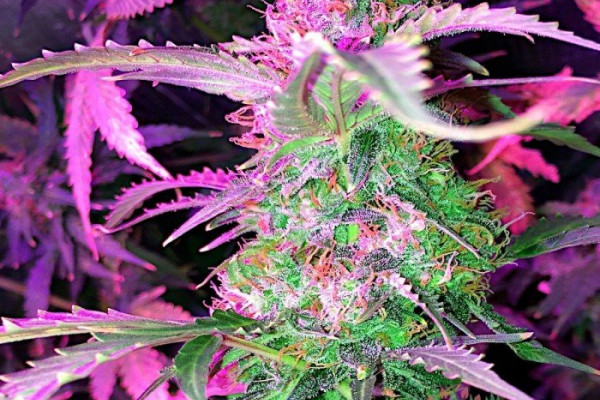0.00 грн.
CheckoutVariety of marijuana odors

Once you inhale the scent of Mary Jane flowers, it will not be easy to forget how marijuana smells. Its specific aroma was created by nature itself with a single purpose: an intense smell repels insects. Compared to other agricultural crops, ruderalis and “domesticated” hemp varieties are considered the most resistant to parasites. Wild cannabis practically does not get sick in nature, so in ancient times it was cultivated with great pleasure.
Modern hemp is “tamed” so much that even the natural aroma of the plant has acquired pleasant and varied notes. Breeders have learned to identify what marijuana smells like and enhance certain smells, creating not only powerful, but also unusually smelling strains.
Types of cannabis odors
In 2018, a study was published in which had to separate cannabis flavors into groups. Marijuana scents are grouped into two clusters:
- Herbal. This includes all earthy, woody aromas and the smell of grass itself.
- Sweet. These include berry and fruit flavors.
The experiment involved mainly people who do not have extensive experience in marijuana use. After talking with reviewers, it turned out that the majority prefers the second cluster of smells. From an evolutionary point of view, this is due to an increased brain response to sweet aromas - fruits and berries contain a lot of sugars, so our ancestors reacted to them as a delicacy and an excellent source of energy. That is why people like the strong smell of hemp with a predominance of fruity notes more than grassy aromas.
Terpenes and their effect on the smell of cannabis
Special fatty compounds, terpenes, are responsible for the production of aromas. They are found in all plants. Scientists have more than 140 terpenes, different combinations of which form their own smell.
Some of them have a beneficial effect on the body: they improve concentration, help to relax, and awaken appetite. Cannabis also affects the human body through olfactory receptors. Many people think that the intensity of the cannabis smell indicates the power of the strain, but this is not true. Smell can contribute to pleasant consumption, but the amount of THC does not depend on the amount and combination of terpenes.
Aromatic compounds are produced to a greater extent by the plant during the flowering stage in leaves, stems, and flowers. It is during this period that the plant most intensively “wants” to protect itself from pests, because it is busy producing offspring. Also, the smell intensifies during times of stress, when cannabis produces an increased amount of resin to protect itself from external adverse factors. Some strains smell so strong that when pollen gets on the skin, the smell cannot be removed even after thorough washing with soap.
Ways to reduce the intensity of the smell of hemp
Some strains do not smell as strong as others. They also contain terpenes, but not in such “smelly” compounds. If you want to think as little as possible about eliminating odor, it is better to choose low-odor varieties such as Northern Lights, Tutankhamon, Blueberry, etc. But there are other ways to minimize the smell of cannabis when growing:
- Charcoal filters. A great option for grow boxes with a well-thought-out ventilation system. In our the best online store marijuana seeds, you will find everything to organize the space of your home greenhouse and eliminate odor.
- Sprays and gels. Budget options mask aromas, professional options destroy terpene molecules. Sprays are not suitable for large grow rooms, but for a neat stealth box, that's it.
Well, the most budgetary option for eliminating odors is to lower the temperature. Terpene molecules in dry and hot climates are separated from the bush and easily fill the free space.
Humidity also matters. When this indicator is increased by more than 65%, the carbon filters work weaker, and the smell intensifies. If the humidity is too low, then the cannabis is stressed and produces more resin, hence the aroma is more intense. Climate control in the grow box will help protect the plant from stress and make it smell less strong.

